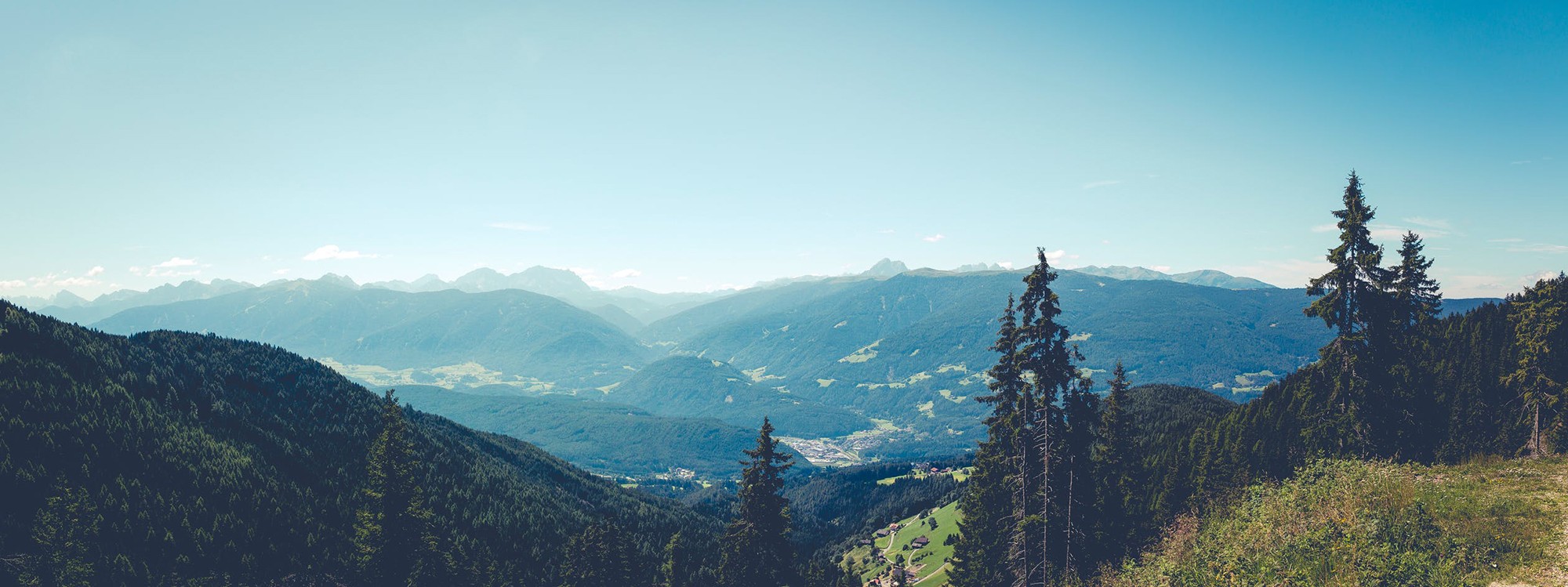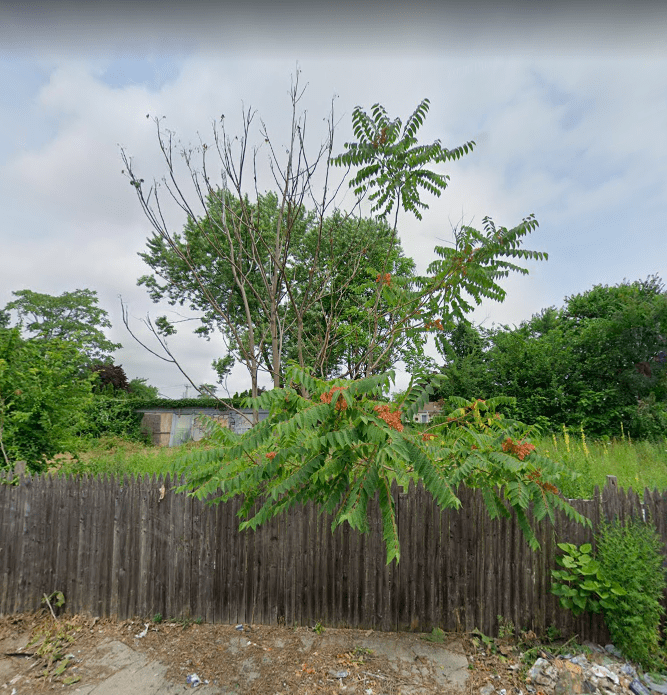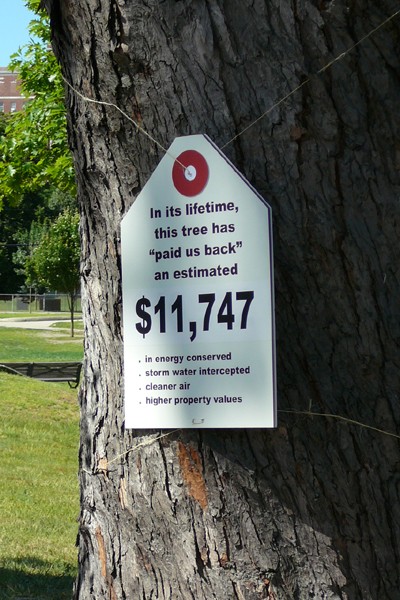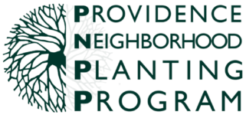
WHAT IS THE URBAN FOREST?

The urban forest is…
all the trees throughout an entire city – and all the living things around and underneath them!
Our urban forest includes:
- The trees on our streets and in our parks and cemeteries
- Trees and shrubs in our backyards, commercial parking lots, and on school yards and college campuses
- Volunteer “weed trees” growing up through chain link fences in empty lots
- The wooded areas along rivers or highways
All of us as humans (plus the squirrels, birds, skunks, rats, cats, raccoons, and butterflies) are creatures of the urban forest–and all together we make up one connected urban forest ecosystem!

Why are trees in cities so important?
A majority of the world’s population a lives in urban areas, and this majority is expected to grow over the coming decades. So it is all the more important to be investing in the health & quality of life of city-dwellers. In the face of increased pollution, more frequent extreme weather events, and spiking summer temperatures, urban trees are an excellent tool in mitigating the harms to our environment and the health of our communities. Unlike grey infrastructure, trees are one of the only kinds of urban infrastructure that actually increase in value as they age. The larger the tree, the more benefits, or ecosystem services it provides!
A thriving urban forest helps to:
- Capture & store hundreds of tons of carbon
- Intercept/retain millions of gallons of stormwater — reducing localized flooding during weather events
- Cool down our neighborhoods during the hot summer months. On a hot day high canopy areas can be up to 10°F cooler than areas with fewer trees!
- Clean the air we breathe!
Learn more about benefits of trees in cities at Vibrant Cities Lab!
All of us as humans (plus the squirrels, birds, skunks, rats, cats, raccoons, and butterflies) are creatures of the urban forest–and all together we make up one connected urban forest ecosystem!
Urban Tree Canopy is what we call all the leafy, green, overhead cover provided by trees across our city (picture the layer of coverage from trees and shrubs that you would see if you were looking down from an airplane!) Where we have more trees planted, we have higher tree canopy. Where we have fewer trees planted, we have lower urban tree canopy.
Want to read more about urban forests and the field of urban forestry? Find some more helpful resources below
- American Forests: What is Urban Forestry?
- Cities4Forests: Defining Urban Forest Challenges & Benefits
- Urban Forest Plan: What is the Urban Forest?
- Beneficios del Bosque Urbano (Un sitio web sobre árboles en la Ciudad de México, que tiene mucha buena información general en español sobre los beneficios del bosque urbano)
